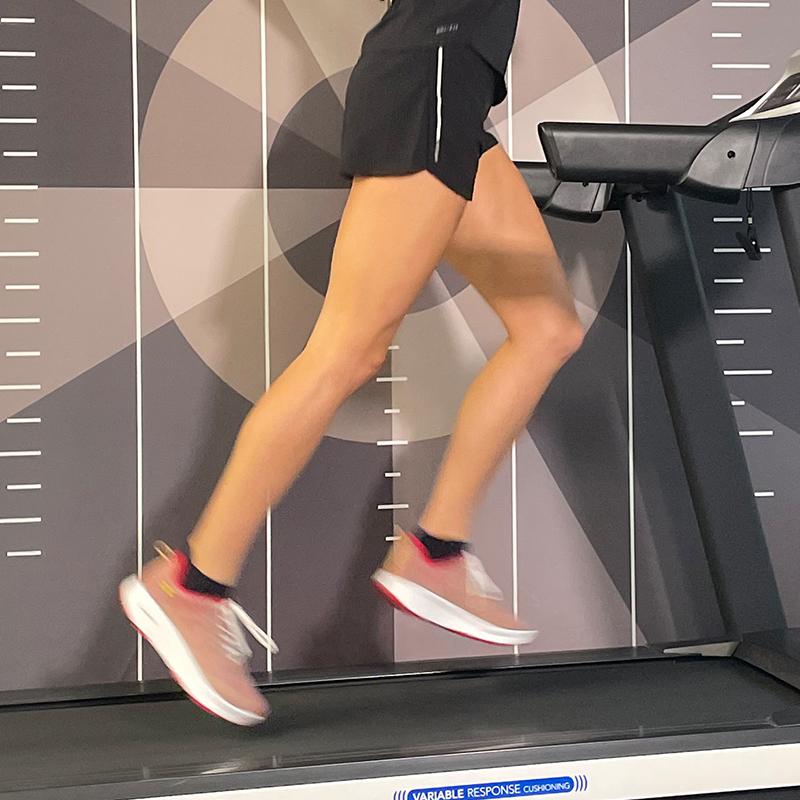Use it or lose it!
During evolution, our body has matured into an incredibly sophisticated movement concept. Running is part of the human body and this concept also includes highly efficient biomechanics, an effective damping system and a robust drive unit consisting of many components. If you intervene in this complex system with shoes that change parts of the movement dynamics, the body adapts to the new conditions. Sounds great, but is rarely to the runner's advantage.
Monstrous cushioning foams and high drops also give us runners the feeling of running on an airbag. This component also does not contribute to muscle maintenance and, in the worst case, can have serious effects on ankle stability or the knee.
If we take the strain off parts of a movement pattern, such as the foot muscles, an adjustment follows that we initially even find very pleasant. However, the rule “Use it or lose it!” also applies. Muscles that you don't use, you lose. Incidentally, this loss applies not only to the muscles directly, but also to the resulting pretension in the arch of the foot, which is an enormously important part of natural cushioning. This also applies to tendons and ligaments, which lose their flexibility and shorten ...
These are all gradual processes, but they have a huge impact on your biomechanics. And they form a chain reaction, because almost the entire body is involved in the complex process of “running”, not just the lower extremities.

